
Improve at Lifestyle Photography with 14 PRO Tips
Want to improve your lifestyle photography? Check out these 14 tips to help you make the most of your next photoshoot and put together a stunning portfolio.
Learn | Photography Guides | By Ana Mireles
If you like to capture the art of everyday living, you’re going to love lifestyle photography. That’s because it’s all about real people and real moments.
In lifestyle photography, it’s important to shoot candid photos that can tell a story.
Whether you want to have fun photographing your kids or become a professional photographer, in this article you’ll find all the lifestyle photography tips you need in 2024.
What is Lifestyle Photography?
Lifestyle photography is a type of photography that aims to capture real-life moments in a natural environment. Unlike a regular portrait, you don’t control everything about your subjects.
Instead, you choose the light and help to create a comfortable environment. Then, you can give your subjects fun activities and let them act naturally.
You have to keep your camera ready to shoot candid images of the best moments. The definition of lifestyle is an approach more than a genre.
You can do lifestyle commercial photography, lifestyle pet photography, and so on. Corporate clients might also be interested in lifestyle images. Instead of having a headshot of the CEO and a group portrait of the employees, some companies prefer you to capture the work environment.
Many commercial images are done as lifestyle photography. Think about restaurants, resorts and other facilities that need to show their clients the experience they offer.
Products in use are also a popular type of lifestyle photography. There’s a lot of demand for these types of images. Think outside the box and let your skills do the rest.
14 Tips for Better Lifestyle Photography
1. Choose the right lens

Camera gear of Lifestyle Photographer Monica Winters
Think of your lifestyle photography session like a story.
First, you have to establish a scene where the story unfolds; you do this with a wide shot that shows the location. Next, you have to show the characters and the action; for this, you’re closer to your subjects. Finally, you’ll want to add some details to make it more relatable.
So, with so many different needs, what is the best lens for lifestyle photography?
A great lens to start with is a 50mm prime – also known as a nifty fifty. They’re not very expensive, and they usually have very wide apertures such as f/1.4 or f/1.8. This makes them very handy for interior locations where there isn’t a lot of light.
Also, a standard focal length gives a natural perspective that’s best for shooting documentary and everyday life.
When you can invest more, I suggest you get a mid-range zoom lens. This way you’ll have coverage from a slight wide-angle up to short telephoto — a 24mm-70mm for example.
On the downside, zoom lenses don’t have apertures as wide as prime lenses. However, you wouldn’t miss any photo opportunities while changing lenses. A great candid photo can happen at any moment, and you should be ready to capture it.
2. Try burst mode
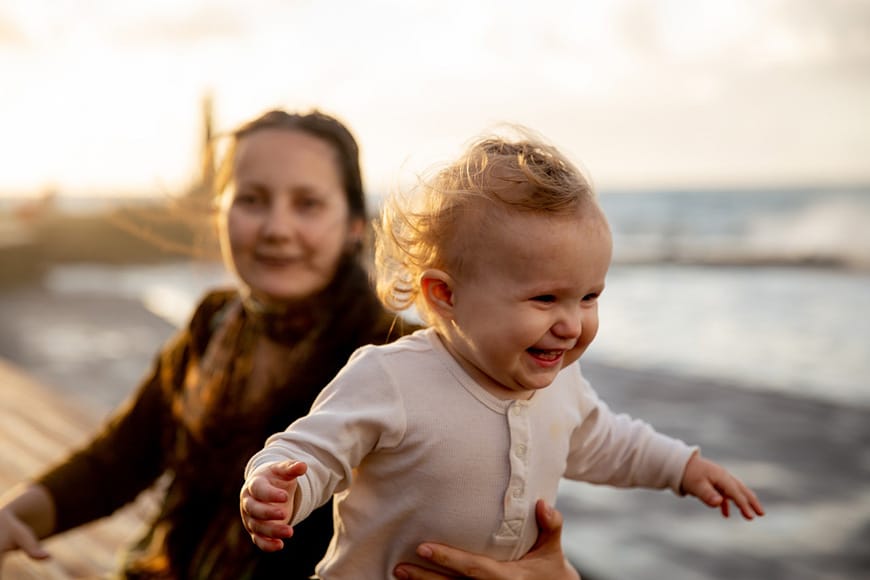
Credit: Tatiana Syrikova
Whenever you want to snap a picture that captures an action or an emotion, timing is key. Using burst mode ensures you’ll never miss the perfect moment.
(‘Burst mode’ is also called continuous shooting mode, sports mode, or continuous high speed mode – all common photography terms.)
Burst mode is not something I recommend doing the entire time – otherwise, you’ll end up with thousands of useless photos. This will result in a lot of wasted effort, time and resources.
However, when there’s an activity going on or you can feel that something is about to happen (you’ve got to go with your gut here) switch to burst mode.
For example, if you’re photographing a family with a toddler, you can suggest that the child runs towards the parents to hug them. This is a situation that would benefit from burst mode.
How Much Do You REALLY Know About Photography?! 🤔
Test your photography knowledge with this quick quiz!
See how much you really know about photography...

To make sure your subject stays in focus, you can pair it with the autofocus mode AI Servo (Continuous AF for Nikon users) – see our guide to other common camera settings.
3. Trust your instincts
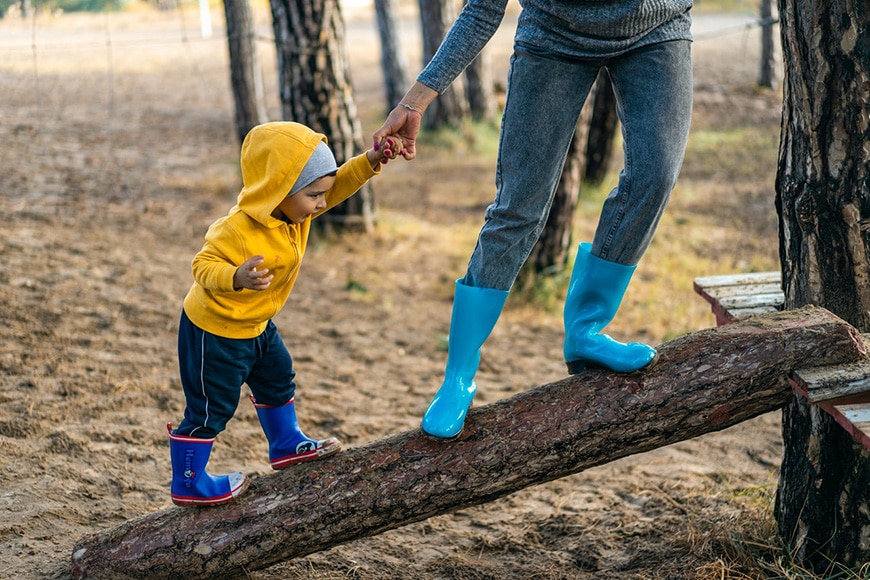
Credit: Visionpic Net
One of the most important things you want in a lifestyle photograph is spontaneity. This is because it’s supposed to capture real emotions and interactions, not a posed and fake moment.
The best way to capture candid photos is by following your instincts. Don’t worry if this is hard at first; you’ll get better as you practice.
The key to this is to always keep your camera ready. Even during a ‘break’ – your subjects might get to rest, but you should still be working.
Also, be sensitive and attentive to your client’s interactions and relationships. This will help you to anticipate some of their moves.
4. Connect with your models
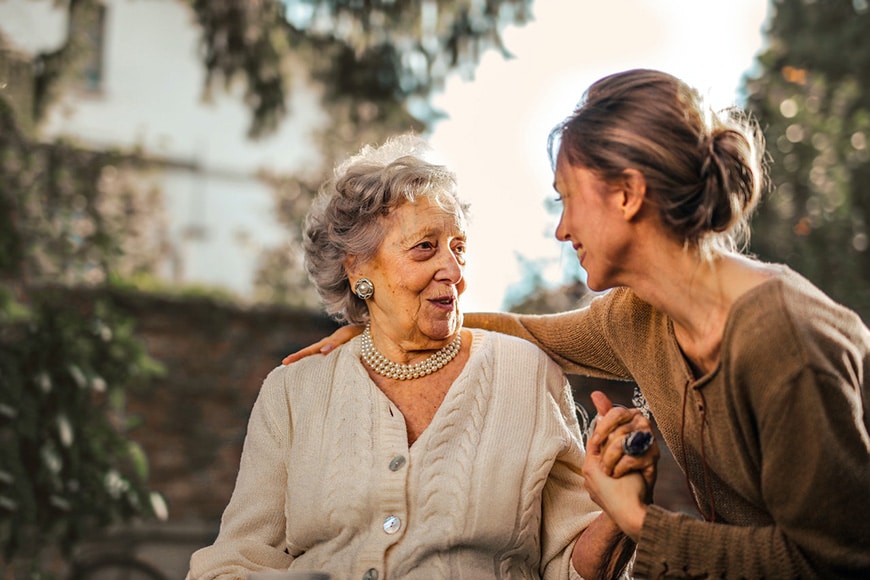
Credit: Andrea Piacquadio
Unless you’ve hired models for a lifestyle photoshoot dedicated to a commercial project or the stock photography market, your subjects won’t be professionals.
This means that often they’re not used to having a stranger pointing a camera at them. As the photographer, it’s your responsibility to make them feel comfortable, whether it’s by socialising with them or directing them in some way.
5. Avoid using flash
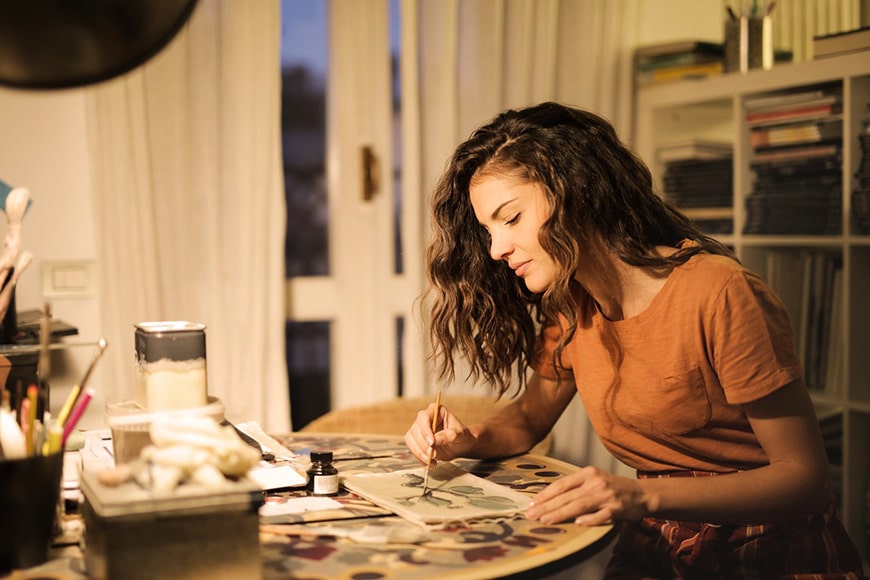
Credit: Andrea Piacquadio
Lifestyle photos work better with natural or environmental light, even if this can sometimes be challenging. Whenever possible, use natural light.
If you’re doing the session outdoors, avoid the midday sun since it will create very unflattering shadows.
When you’re working indoors, use window light for your shoot. If the location doesn’t allow this or you want to set a different mood, use environmental lights. Just keep an eye on the white balance.
6. Choose the right location
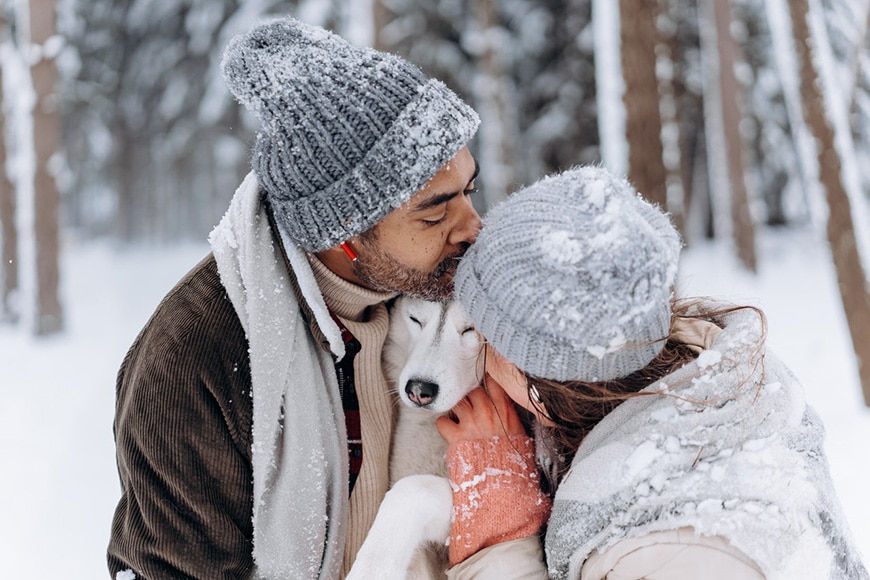
Credit: Mikhail Nilov
The location plays a big part in setting the mood for a lifestyle photography session. Many families like to do it at home; this way, it’s more intimate.
However, don’t underestimate the potential of going out. Urban scenes, parks, etc., can reflect the client’s personality, and you can take more dynamic photos.
Also, don’t be put off by adverse weather – you can still get some great moments of people having fun in the rain.
7. Instead of poses suggest activities
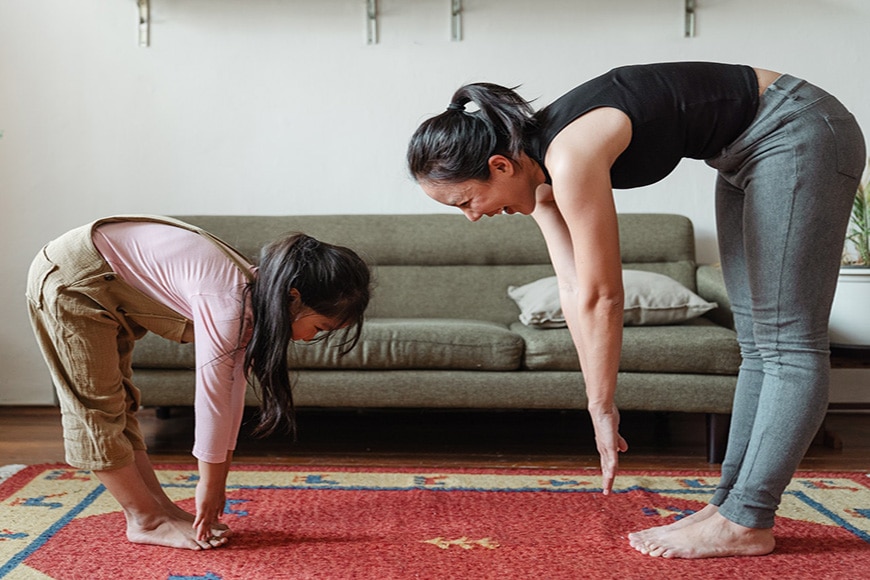
Credit: Ketut Subiyanto
Posed subjects don’t look good in lifestyle photography because you’re aiming to capture real life. So, instead of trying to control every position, you can suggest activities or interactions.
For example, if you’re photographing a family, ask them to read a story to the kids. This way, they’ll sit in a way they’re used to, and the kids will be looking at the parent who reads. This situation will create a normal interaction between them.
8. Know your client’s interests and expectations beforehand

Credit: Zen Chung
You should always have a meeting with your clients ahead of time – even if it’s on video. Both parties must be on the same page.
Before the call or meeting, it’s useful to have them answer some questions to understand and get to know them. For example: who is going to participate in the session? Is this for a special occasion (anniversary, graduation, engagement)? Do you have a preferred location?
Then, ask them to choose some reference photos from Pinterest or your own portfolio (if you have an extensive one).
This will help you understand their expectations; the stuff they can’t put into words. For example, what kind of atmosphere they like – whether they like something light and fun or sweet and romantic.
9. Change your position

Credit: Sam Lion
Whenever you find a good position, it can be tempting to shoot many pictures there and just let the family interact. However, changing the angle and perspective of the photo will help you achieve more dynamic results.
You can also change locations. Move to a different room from time to time if you’re working indoors, or walk to find a new spot when you’re outdoors.
A variety of settings will enrich the shooting. You’ll also make it more fun for the client; otherwise, they’ll be running out of things to do very quickly.
10. Include props

Credit: Alex Green
Most people are naturally shy in front of a camera, and props can be a great way to get things going, especially when shooting newborns.
With family portraits, you can give them the chance to use the things they own – such as toys for the children.
You can also suggest everyday life activities like cooking that include props. This way, you give them something to focus on aside from the photoshoot – they can have fun, and you can create a story around it.
When this is going on, it can be a great opportunity to shoot some details. Take some shots of the hands or the smiles, for example.
Just be careful to stay out of the way. If you get too close, you’ll remind the subjects that they’re being photographed.
11. Post-processing is important

Credit: Daria Shevtsova
Even if you’re not going to be retouching the skin or the body like you may do in other types of portraits, post-processing is still important in lifestyle photography.
For example, you should keep a consistent look throughout the session shots even when daylight changes. Lightroom offers a great solution to this because you can sync the adjustments – see our review to decide if Lightroom is right for you.
You can also use presets or specific effects to develop your personal style and easily apply it to your lifestyle photography shots.
12. Pay attention to details
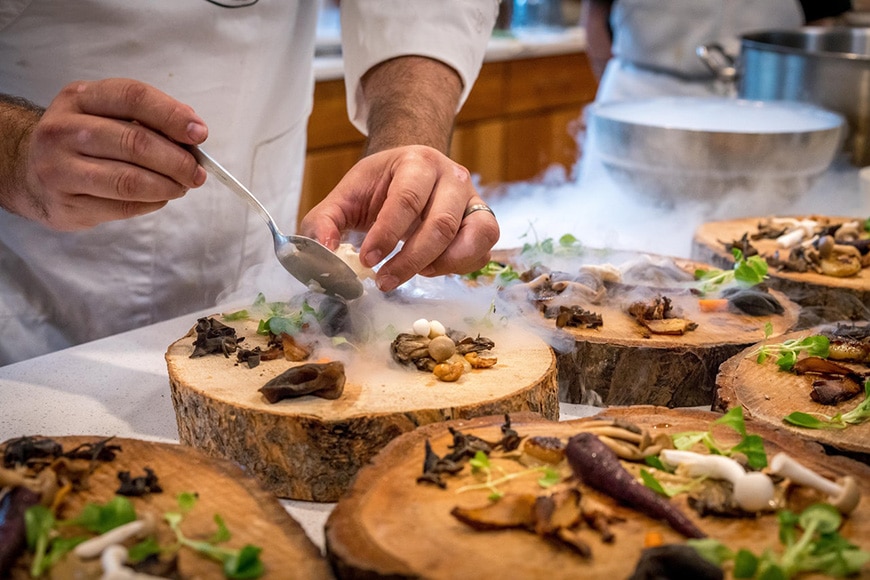
Credit: Elevate
When you’re shooting for lifestyle photography, you can easily get lost in capturing the action and directing your subjects. However, it’s important to be aware of the environment, as well.
If you’re in the family home, you can get all the distracting elements out of the room before you start shooting. However, shooting outdoors, you need to keep an eye on the background.
Make sure that there aren’t any people photo-bombing your lifestyle shoot! Also, consider that the backdrop is complementary to your subject.
This is particularly important if the client is a business because the images won’t be just for good memories but for advertising.
13. Capture emotions
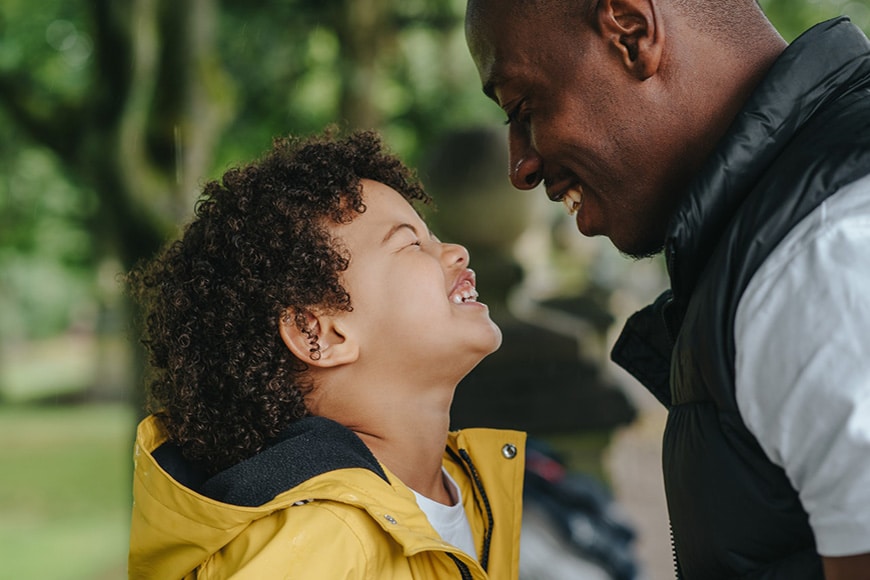
Credit: Anete Lusina
Unlike a headshot or a fashion portrait, a lifestyle picture is not about looking thin or beautiful. Rather, lifestyle photography shoots are all about emotions. This is a difficult thing to capture.
First, your clients need to feel comfortable to overcome the awkwardness of being observed. This will help them to act natural.
Then, you have to be ready to press the shutter at the right moments. Often the candid photos in between activities are the best ones.
14. Establish a colour palette

Credit: Jopwell
The fact that you’re capturing real-life events doesn’t mean that you shouldn’t do it in an artistic manner. To get a more harmonious look to your lifestyle photography shoot, establish a colour palette.
This can also help your clients. They can follow this guide to decide what to wear without you having to tell them explicitly.
Remember that it’s best for your subjects to be themselves instead of having you control everything.
How do I become a Lifestyle Photographer?
You don’t need a big gear investment to start as a lifestyle photographer. What you need are practice and people skills.
To plan your first lifestyle shoot, you can start with friends and family. This way you’ll already have a connection with them.
You can also hire models and plan life-like sessions where you tell a story. This way, you can put together a portfolio to show your potential clients. You can also sell these images in stock photography websites – remember to get a model release though.
As you develop more confidence and build a good portfolio, you can start to look for more clients. I suggest you play to your strengths. If you like kids, specialise in family portraits; if you don’t, look for corporate or commercial jobs.
How much do Lifestyle Photographers make?
According to ziprecruiter.com, the average earnings for a lifestyle photographer in the US are $41,145 (ref). However, it would be best to research the professionals in your area to know the market and make a more accurate estimate.
Lifestyle photographers normally offer a range of packages with optional additions. For example, a 90-minute session with two outfit changes resulting in 20 edited images might cost $250. Additional edited images $10 each; photo album from $100; and so on.
Some photographers charge more for families than they do for couples because it implies much more work. You can also offer multiple locations, etc. You can make changes or additions as you see fit.
Then you’d need to multiply that for the number of clients that you’re able to shoot per month.
If you specialize in families, you’re going to be limited to the weekends. Add corporate lifestyle photography, and you’ll be multiplying your earning opportunities.
Also, consider shooting your personal projects when you don’t have any bookings. The pictures from these sessions can be sold on stock photography websites to add another source of income.
In sum, you have to consider all these factors to see how much you would make as a lifestyle photographer.
Final Words
That’s it. You’re ready to shoot some lifestyle portraits!
Go out and practice capturing moments in a setting where you feel most comfortable to experiment. From there, you’ll quickly develop your skills at documenting the art of the everyday.
Let us know how it goes and if you have any other lifestyle photography tips, share them with us in the comments section.

Check out these 8 essential tools to help you succeed as a professional photographer.
Includes limited-time discounts.













